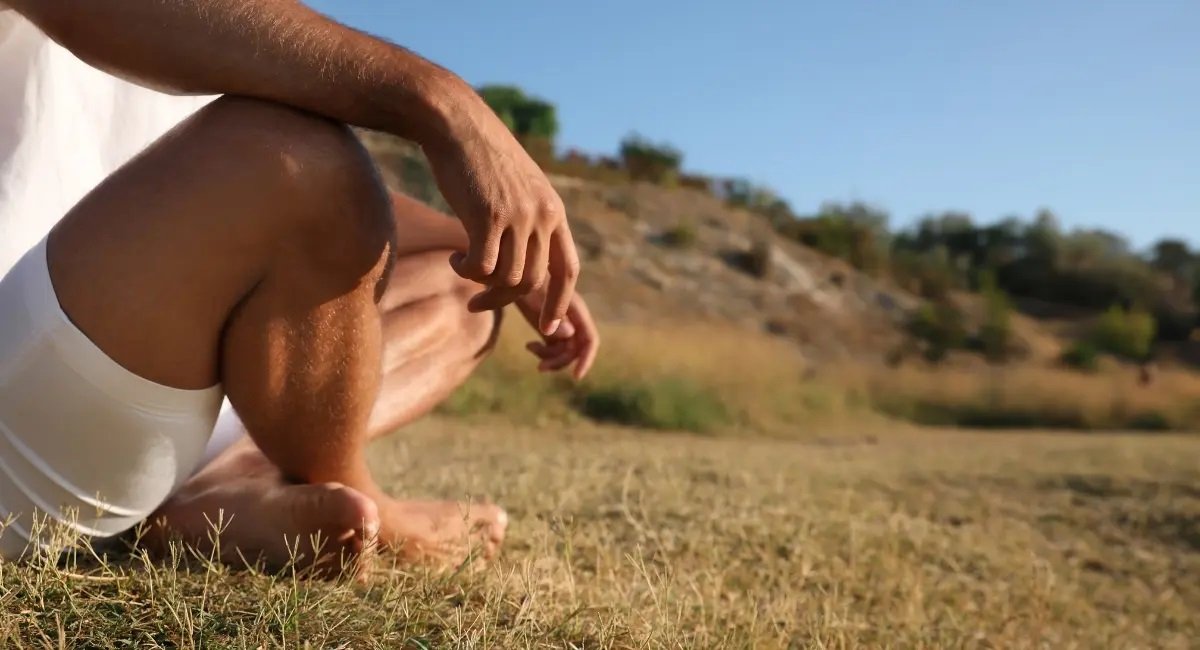As we go about our busy lives, it’s easy to become disconnected from ourselves and the world around us. We often find ourselves overwhelmed with stress, anxiety, and negative thoughts. But there is a simple practice that can help us ground ourselves and reconnect with our bodies and minds – grounding rituals.
Grounding rituals have been used for centuries in various cultures as a way to centre and balance ourselves. In this blog, we will explore the power of grounding rituals and how they can revitalize our minds and bodies. So, let’s dive in and discover the art of grounding.
The Importance of Grounding
Before we delve into specific grounding rituals, it’s essential to understand why they are crucial for our well-being. When we feel overwhelmed or stressed, our minds tend to run a million miles an hour, making it challenging to focus and relax. Thus, grounding helps us slow down and reconnect with the present moment, allowing us to let go of negative thoughts and emotions.
Furthermore, grounding rituals can also help relieve physical tension in our bodies. When we are stressed or anxious, our bodies tend to hold onto that tension, leading to aches and pains. By grounding ourselves, we release that tension and promote relaxation throughout our entire body.
Now that we understand the importance of grounding let’s explore eight different ways we can incorporate it into our daily lives.
Mindful Breathing
One of the simplest and most effective grounding rituals is mindful breathing. This practice involves focusing on our breath, taking deep inhales and exhales while being present at the moment. By doing this, we shift our attention away from our racing thoughts and onto our breath, which can help calm the mind and body.
To practice mindful breathing, find a quiet place to sit or lie down comfortably. Close your eyes and take slow, deep breaths, focusing on the sensation of air entering and leaving your body. You can also incorporate positive affirmations or mantras while breathing to enhance the experience.
Meditation
Similar to mindful breathing, meditation also involves being present in the moment and focusing on our breath. However, with meditation, we can also direct our attention towards a specific intention or visualization.
Meditation is a well-known practice for grounding the mind and body. By focusing on our breath or a specific mantra, we can quiet the constant chatter in our heads and bring ourselves into the present moment.
Regular meditation can help us cultivate a more grounded mindset and cope with stress and anxiety more effectively.
Yoga
Yoga combines movement and breathwork, making it an excellent grounding ritual for both the mind and body. Through various poses and stretches, we can release physical tension while also calming our thoughts.
Additionally, yoga promotes mindfulness and helps us connect with our bodies, creating a sense of groundedness in the present moment.
Nature Walks
Spending time in nature can be incredibly grounding, especially if we’re feeling overwhelmed or disconnected. Taking a walk outside allows us to unplug from technology and connect with the natural world around us.
Pay attention to your surroundings – the colours, sounds, and sensations of being in nature. It can help bring a sense of calm and presence to our minds and bodies.
Sensory Activities
Engaging in sensory activities is a fun and effective way to ground ourselves. We can use different senses like touch, smell, and taste to bring us into the present moment.
Some ideas for grounding sensory activities include gardening, cooking or baking, taking a hot bath with calming scents, or listening to soothing music.
Journaling
Writing down our thoughts and emotions can be a powerful grounding technique. By putting our thoughts on paper, we can get them out of our heads and process them in a more organized way.
Journaling also allows us to reflect on ourselves and our experiences, promoting self-awareness and helping us feel more connected to ourselves.
Visualization Exercises
Visualization exercises involve using our imagination to create a calming and grounding scenario in our minds. It can be especially helpful for those who have difficulty with traditional mindfulness practices.
Some examples of visualization exercises are imagining yourself in a peaceful place, visualizing a soothing colour or sensation, or picturing yourself releasing stress and tension as you exhale.
Summary
In conclusion, incorporating grounding rituals into our daily lives can greatly benefit our mental and physical well-being. By using techniques such as movement, mindfulness, sensory activities, journaling, meditation, and visualization exercises, we can bring ourselves back to the present moment and find a sense of calm and clarity.



